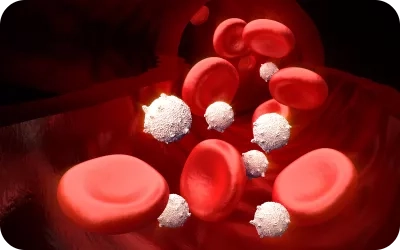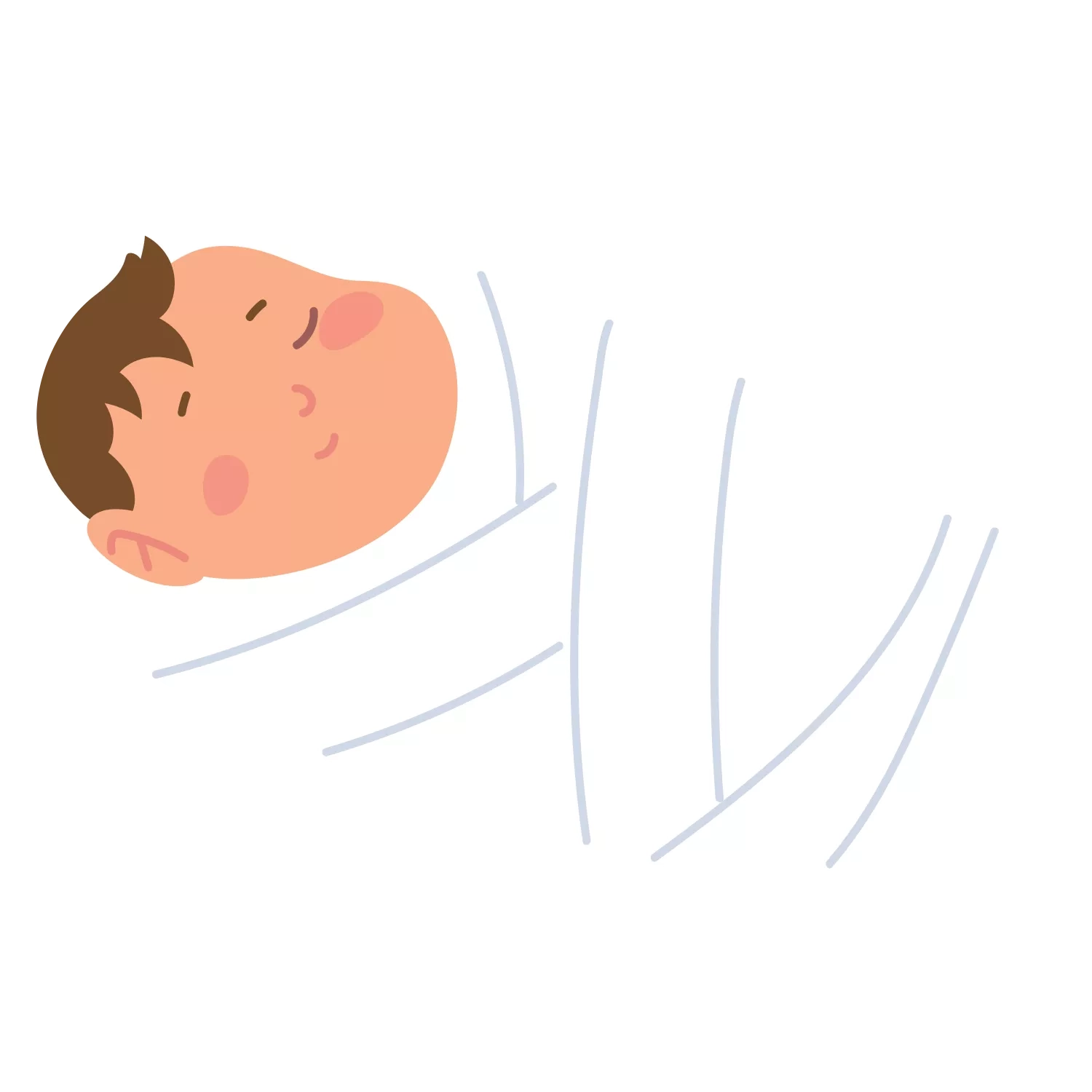
STEM CELL BANKING
Harnessing the Power of Stem Cells in Regenerative Medicine
The umbilical cord is rich in stem cells, which offer powerful regenerative potential for treating various conditions, such as autism, cerebral palsy, cardiovascular diseases, diabetes, and stroke.
Main navigation
Getting Started
What is umbilical cord blood?
Umbilical cord blood is the blood that remains in the umbilical cord and placenta following the birth of a baby and after the umbilical cord is cut.
Cord blood is a rich source of hematopoietic stem cells or HSCs that have the ability to differentiate into red blood cells responsible for the oxygenation of the blood, into white blood cells which assist in antibody stimulation and fight infection, and into platelets which are involved in the clotting process.



Diseases Treated with Cord Blood Stem Cells & Other Potential Applications
Standard Therapies
Blood Cancers
- Acute Myelogenous Leukaemia
- Acute Lymphoblastic Leukaemia
- Chronic Myelogenous Leukaemia
- Histiocytic Neoplasms
- Other Myeloproliferative Neoplasms
- Myelodysplastic Syndrome
- Multiple Myeloma
- Plasma Cell Leukaemia
- Systemic Mastocytosis
- Waldenstrom Macroglobulinemia
Solid Tumors
- Hodgkin Lymphoma
- Non-Hodgkin Lymphoma
- Langerhans Cell Histiocytosis
- Neuroblastoma
- Retinoblastoma
Non-malignant Blood Disorders
- Aplastic Anemia
- Chediak-Higashi Syndrome
- Congenital Dyserythropoietic Anemia
- Diamond-Blackfan Syndrome
- DiGeorge Syndrome
- Evans Syndrome
- Fanconi Anemia
- Glanzmann Thrombasthenia
- Gunther Disease (erythropoietic porphyria)
- Hereditary BM Failure Syndromes
- Hemophagocytic Lymphohistiocytosis
- Leukocyte Adhesion Deficiency
- Paroxysmal Nocturnal Hemoglobinuria
- Pure Red Cell Aplasia
- Sickle Cell Anemia
- Thalassemia Major
Immunodeficiency Disorders
- Chronic Granulomatous Disease
- Common Variable Immunodeficiency
- Cartilage-Hair Hypoplasia
- Reticular Dysgenesis
- Severe Combined Immune Deficiency (SCID)
- Shwachman-Diamond Syndrome
- Wiskott-Aldrich Syndrome
Metabolic Disorders
- Adrenoleukodystrophy
- Gaucher Disease
- Hurler Syndrome
- Hunter Syndrome
- Krabbe Disease
- Lesch-Nyhan Syndrome
- Maroteaux-Lamy Syndrome
- Metachromatic leukodystrophy
- Osteopetrosis
- Sly Syndrome, Beta-Glucuronidase Deficiency
- Wolman Disease
Clinical Trials
- Autism
- Brain Tumor
- Cartilage Repair
- Cleft Palate Repair (Alveolar)
- Cerebral Palsy
- Crohn Disease
- Critical Limb Ischemia
- Diabetes Type 1
- Epidermolysis Bullosa
- Ewing Sarcoma
- Graft-versus-Host Disease (GvHD)
- Hypoxic Ischemic
- Encephalopathy (HIE)
- Hearing Loss
- HIV
- Ischemic Stroke
- Lupus
- Multiple Sclerosis
- Myocardial Infarction
- Ovarian Cancer
- Rheumatoid Arthritis
- Spinal cord injury
- Scleroderma
- Testicular Tumour
How are umbilical cord stem cells collected?
The OB-GYNE is the designated Healthcare Professional for collection.
Inform your OB that you will be banking your baby’s cord blood, cord tissue, and/or cord lining.

4 tubes of maternal blood

The baby is safely delivered

The umbilical cord is clamped

The umbilical cord blood is collected

A segment of umbilical cord is collected
If cord lining is being collected

Picked up and delivered to Cordlife laboratory

Cordlife Laboratory

